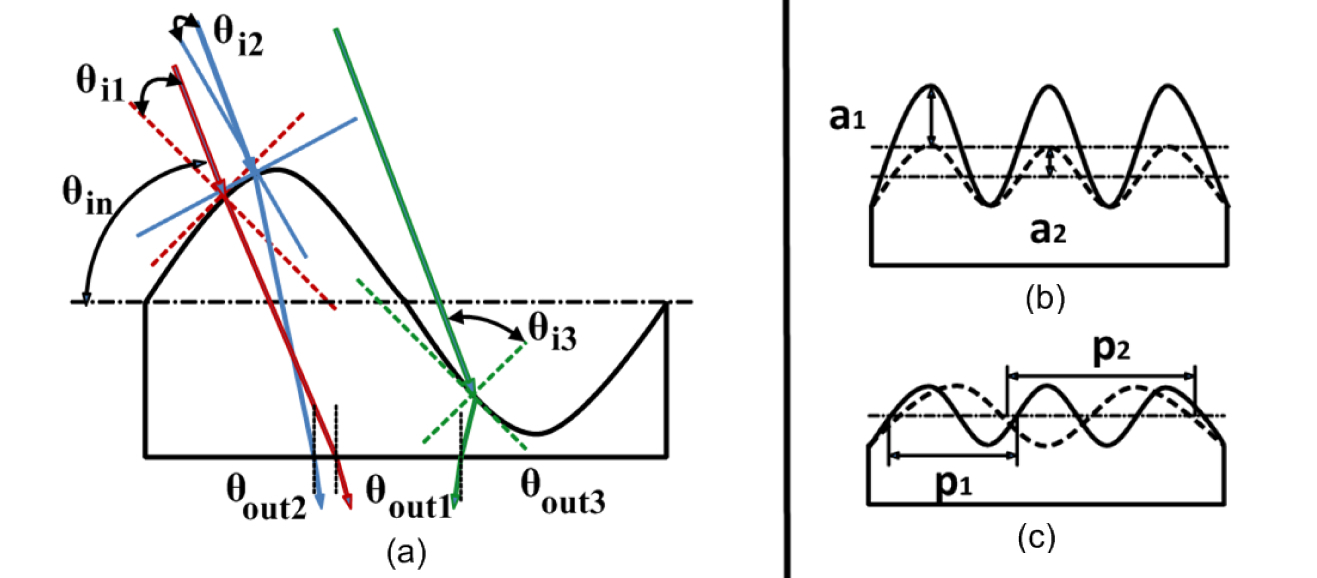Sine panel shines on dark alleys
 All around the world people are working in dark, cramped little alleyways and backstreets, but as cities become taller and more dense the light is fading for many.
All around the world people are working in dark, cramped little alleyways and backstreets, but as cities become taller and more dense the light is fading for many.
Egyptian researchers have come up with an innovative optical device to shine light down dark urban alleyways, helping ease the risk from one aspect of working in harsh conditions.
A team from the Ain Sham University in Cairo has developed a corrugated, translucent panel to redirect vital sunlight. The panel is mounted on rooftops and hung over the edge at an angle, where it spreads sunlight onto the street below.
While it is aimed at illuminating work in narrow streets for developing countries, the panel could be used worldwide as a greener, cheaper, and more pleasant alternative to fluorescent and other electrical light.
The panels are made of polymethyl methacrylate (PMMA), the same acrylic from which Plexiglas is made.
The bottom of the panel is smooth while the top is covered in ridges that are based on a sine wave.
The researchers used computer simulations to find the size and shape of the grooves that distribute the most amount of sunlight in a wide range of solar positions year round, high or low in the sky. The engineers say the sine-wave pattern is also easy to manufacture.
Using simulations of sunlight shining on an alleyway, the researchers found that their panels increased illumination by 200 per cent in normal conditions and 400 per cent in autumn and winter, when sunlight is most limited. They tested a small prototype over a 0.4-meter-by-0.4-meter shaft that is 1.2-meters deep and found that it lit up the area as designed.
The next step will see the Egyptian team build a model 10 times larger to validate their calculations, and to test it in a real alleyway. There are plans to market and commercialise the panel at a cost of around $AU100 per one-square-metre panel and a frame.
“Research has shown that lack of natural lighting can cause severe physiological problems such as serious mood changes, excessive sleeping, loss of energy and depression,” said project leader Amr Safwat.
He also noted that using sunlight to illuminate historical places - such as ancient alleyways in Egypt - helps preserve the authenticity of the site, maintaining its cultural value and historical significance.
More information is available in the full report, published by Optics Express.









 Print
Print